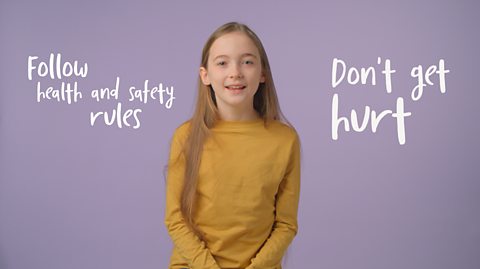What are risks?
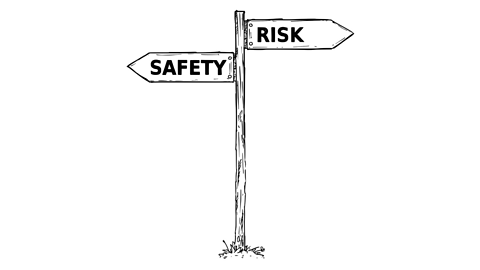
Risks can be anywhere.
Risks are something that can cause harm or danger to someone.
Some risks are safe such as speaking in front of your class, but other risks are unsafe and could harm you or others.

Watch - Explore risks in the community
What are risks? Learn more about reducing risks and staying safe in your community.
VOICEOVER: Risks are something that have the potential to cause you or your community harm, danger or injury. But how do we work out what the risks are? Whose responsibility is it to assess and reduce risks in our everyday lives?
CHILD 1: We all responsible to reduce risks but also people do this for their job.
CHILD 2: People who are responsible for our risks are ourselves, the government, MPs who make the rules, and people around our community and schools. Charities who take action and environmental groups too. They all make sure risks are limited.
VOICEOVER: Certain organisations try to limit risks. They might be charities, who give help to people after disasters like flooding, or ‘pressure groups’ whose work tackles other environmental risks facing communities, like plastic waste or air pollution.
Pressure groups influence businesses and government to think about risks and how to improve or create new laws.We can also help to reduce risks to ourselves and others by following rules and laws that are in place to keep us safe.
We’re responsible for assessing and weighing up risks when we go about our lives, as risks can be different in different places. We have to act responsibly and work out whether our actions could put ourselves or others at risk.
Can you think of any laws or rules that help to prevent risks in your community?
How have you helped to assess and determine risks?
CHILD 2: Picking up your litter, making sure your environment is clean.
CHILD 3: Local government laws like driving within the speed limit.
CHILD 4: Or go with a car on a red light because it could injure somebody.
CHILD 5: And I have also worn seat belts when I’m supposed to.
CHILD 1: My school often encourages parents to park safely. The local council put yellow zig-zag lines outside the gates so nobody could park there.
VOICEOVER: By balancing your personal freedom with responsible behaviour you are helping to weigh up and reduce the risk to yourself and others in your community and therefore being a responsible citizen!
Is there a risk in your community that needs addressing? Why not start a petition or speak to your local representative to help get that risk reduced!
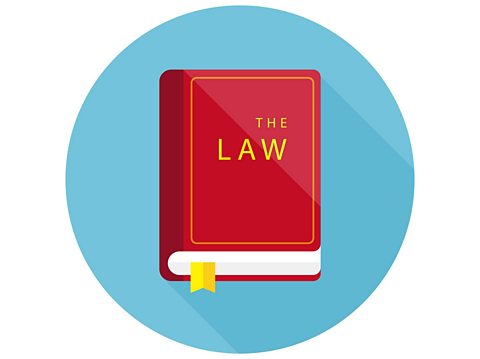
lawsLaws are rules which affect the whole country. They are enforceable and punishable if broken. are made by the governmentA group of people who have the authority to govern a country. to reduce risks and to keep us safe.
We each have a responsibility to follow the laws that help to keep ourselves and others safe.

How do we assess risks?
We make decisions about risks every day. If a situation feels risky, we can either avoid it or ask for help handling the possible risk.
There are three ways of assessing and reducing risks. These are:
- identifying the risk
- following laws to reduce the risk
- taking steps to avoid the risk.
Let’s look at how this is done for speeding on roads, when drivers travel over the speed limit.
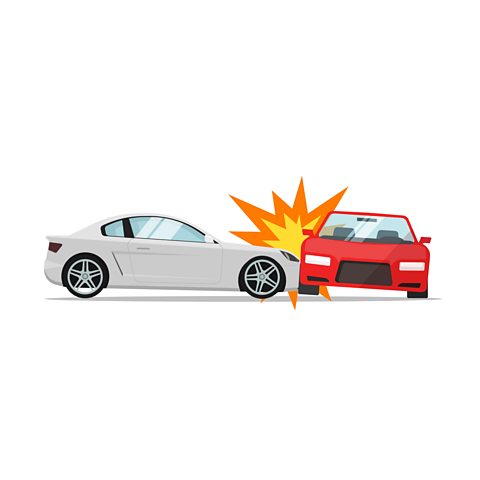

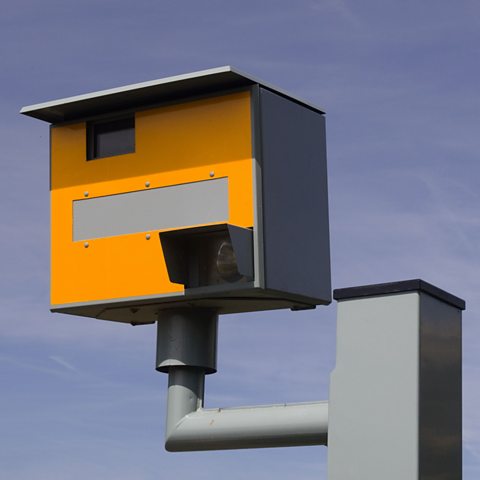
Who is responsible for reducing risks?
In each community, there are different groups that help keep us safe.

Groups that can influence the law:
Pressure groups influence those in power to make decisions on the law. They can do this by campaigningWorking in an active way to influence the decision making process..
The public - You can investigate risks in the community!

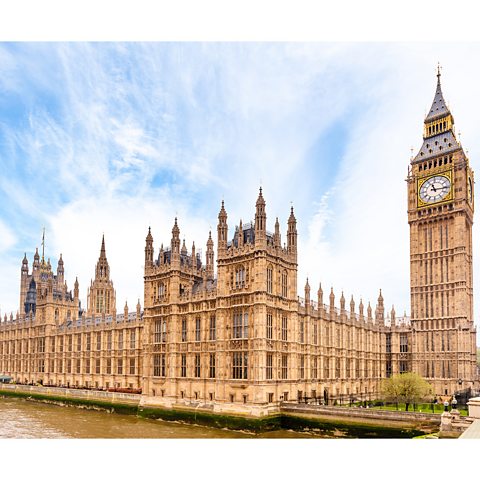
Groups that make the law:
Local Government looks at local risks. They create plans to limit risks in local areas, like placing pedestrian crossings near schools.
National Government looks at risks that affect everyone in the country. They are responsible for creating laws to reduce risks.

Did you know?
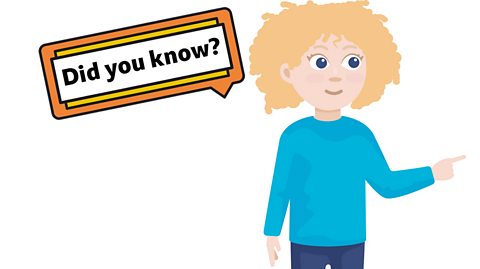
There is a group of countries called The United Nations.
The UN created the Convention on the Rights of The Child.
This sets out the rights that all children are entitled to.
What are some things that help reduce risks?
Learn more about some of the strategies and laws introduced by local and national government.
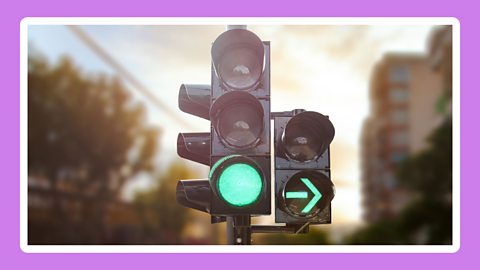
Image caption, Traffic lights
Traffic lights control the flow and direction of traffic.

Image caption, Reducing fly tipping and littering
Dumping rubbish and littering causes problems that are harmful to the environment and health. Rubbish that is left out in the open can attract rats, which can lead to disease.
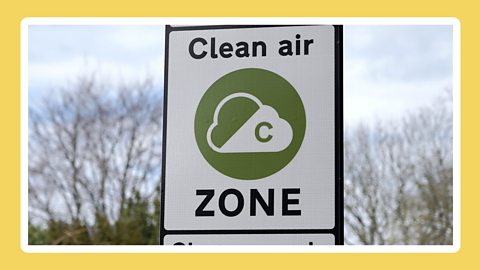
Image caption, Clean air zones
The Government has introduced 'clean air zones' in areas where air pollution was too high, such as in city centres where traffic is heavy.
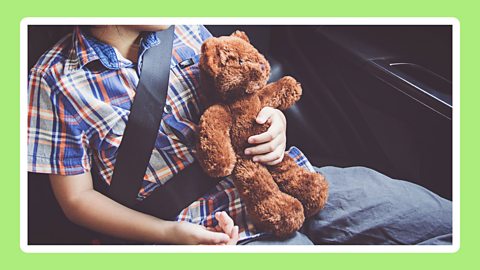
Image caption, Wearing a seat belt
Wearing a seatbelt in a vehicle was made a law in 1983 as a way of keeping people safer when driving.
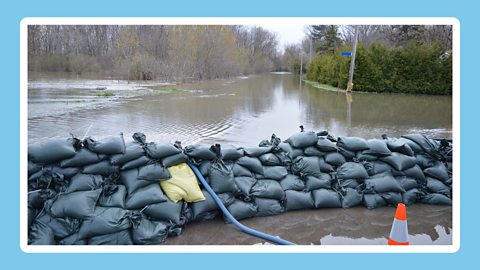
Image caption, Flood defences
Using sandbags or planting trees on river banks can be effective ways to prevent flooding and avoid damage to rivers.
1 of 5
Activities
Create a leaflet

Make a leaflet that gives information about risks in your local community.
Try to include the following:
- What the risks are
- Information on why they are a risk
- Suggestions for how the risks could be reduced
- Advice on how other people can help out in reducing the risks

Write a 'thank you' card

Give back to your community by giving a 'thank you' card to the people who keep you safe.
- Think about who is responsible for your safety either at home, in school or elsewhere in the community.
- On a piece of paper, design and write your 'thank you' card. Think of the reasons why you are thankful and tell them.

Quiz
SATs preparation resources. activitySATs preparation resources
Get ready for the SATs papers with videos, activities, quizzes and games to refresh your knowledge and practise your skills.

More on Citizenship in the community
Find out more by working through a topic
- count4 of 4
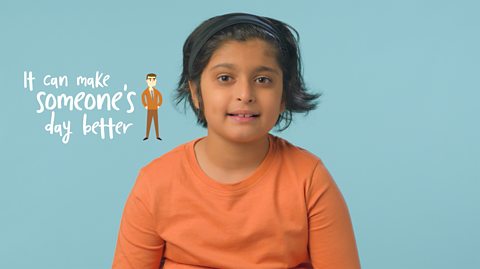
- count1 of 4
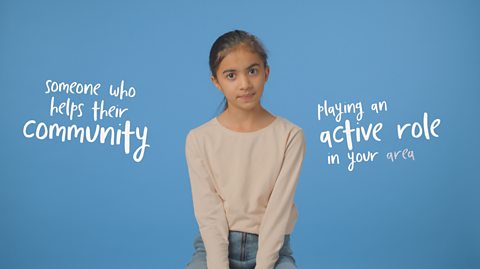
- count2 of 4
